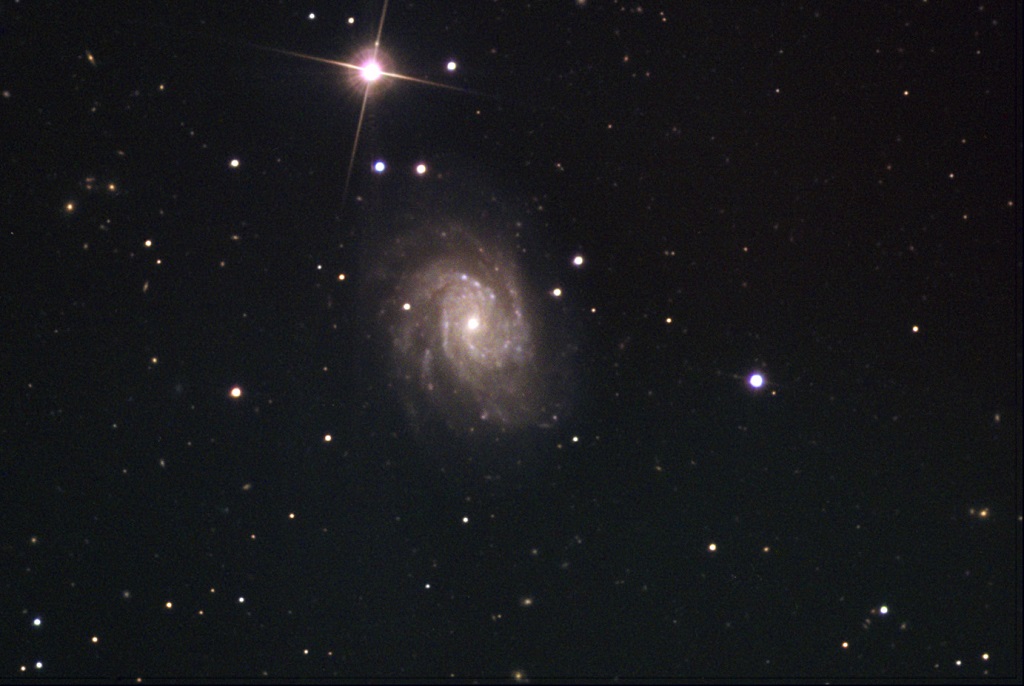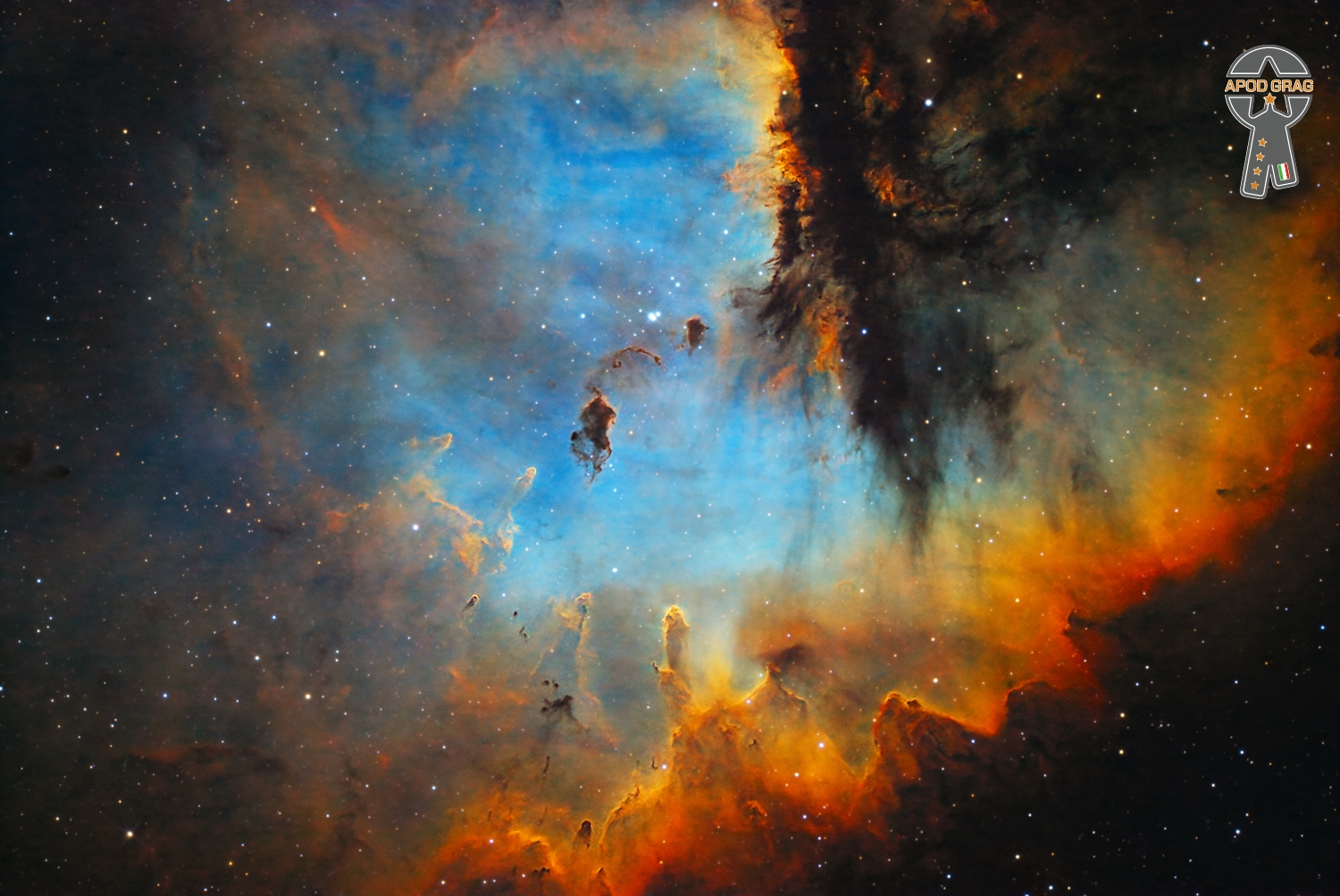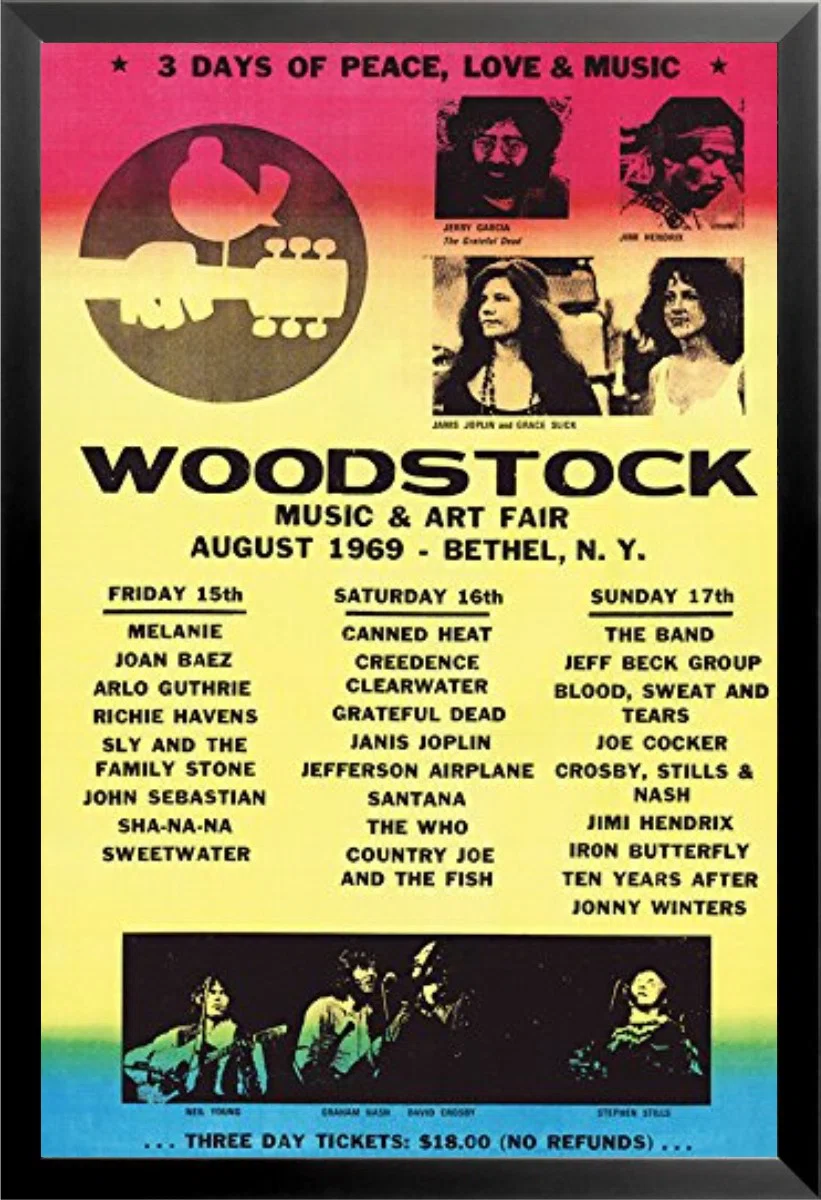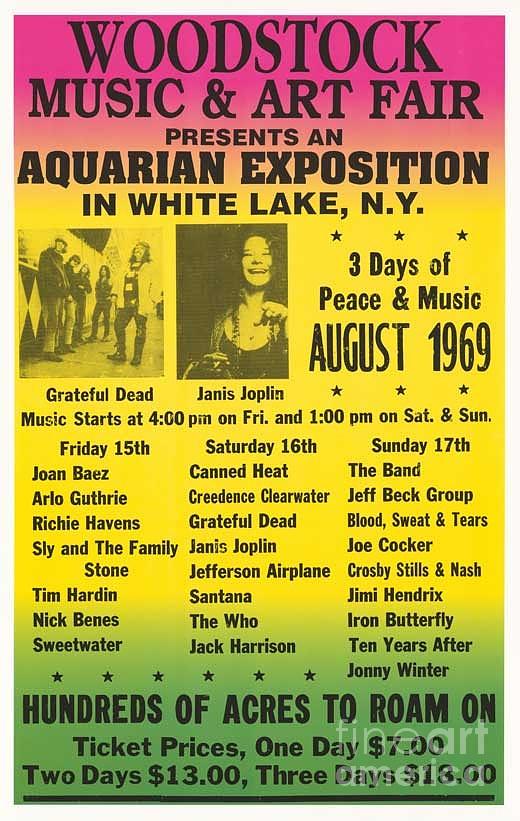Blog
NGC 514 is an intermediate spiral galaxy, located about 95.9 million light-years away from Earth in the constellation of Pisces (the Fishes), while it is receding from us at approximately 2,472 kilometers per second. It was discovered on October 16, 1784 by the German-British astronomer William Herschel.
This almost face-on galaxy has loosely wound spiral arms and a very bright center. It has a so called H II nucleus, meaning that NGC 514 has intense current bursts of star formation in its center.

George Morrow (August 15, 1925 – May 26, 1992) was a jazz bassist. Although most closely associated with Max Roach and Clifford Brown, Morrow also appears on recordings by Sonny Rollins and Sonny Stitt.
Morrow was born in Pasadena, California. After leaving the military, he played with Charlie Parker, Sonny Criss, Teddy Edwards, Hampton Hawes and other musicians who were in L.A. He then spent five years in San Francisco (1948–53), often appearing at the Bop City jazz club and working with Dexter Gordon, Wardell Gray, Billie Holiday and Sonny Clark.
more...Nesbert “Stix” Hooper (born August 15, 1938) is an American drummer and founding member of The Crusaders.
Hooper developed an interest in music, drums, and percussion at an early age. Starting in middle school with band director George Magruder, he began devoting much of his time to the study of music. While he was a student at Wheatley High School (Houston), he formed the band the Swingsters, then the Modern Jazz Sextet. At Texas Southern University, he received coaching from members of the Houston Symphony Orchestra and other local professional musicians. After moving to the west coast, he studied music at California State University, Los Angeles and with private instructors and mentors. During the 1950s the Jazz Crusaders were formed.
He has worked with Arthur Fiedler, George Shearing, B.B. King, Grant Green, Grover Washington Jr., Quincy Jones, Marvin Gaye, Nancy Wilson, the Royal Philharmonic Orchestra of London, and the Rolling Stones. He was National Vice Chairman of the National Academy of Recording Arts and Sciences and president of its Los Angeles chapter.
more...Joseph Armand Castro (August 15, 1927 – December 13, 2009) was an American bebop jazz pianist, based primarily on the West Coast of the United States.
Castro was born in Miami, Arizona on August 15, 1927. Castro began playing professionally at the age of 15 in the San Francisco Bay area. After army service ended in 1947, he formed a small band. In 1956 Castro moved to New York City, where his trio appeared in jazz clubs. In 1958, he moved to Los Angeles, where he joined Teddy Edwards‘ quartet. Castro recorded two albums as a leader for Atlantic Records: Mood Jazz in 1957 and Groove Funk Soul in 1960.
more...Oscar Emmanuel Peterson CC CQ OOnt (August 15, 1925 – December 23, 2007 Montreal) was a Canadian jazzpianist and composer. Considered a virtuoso and one of the greatest jazz pianists of all time, Peterson released more than 200 recordings, won eight Grammy Awards, as well as a lifetime achievement award from the Recording Academy, and received numerous other awards and honours. He played thousands of concerts worldwide in a career lasting more than 60 years. He was called the “Maharaja of the keyboard” by Duke Ellington, simply “O.P.” by his friends, and informally in the jazz community, “the King of inside swing”.
Peterson worked in duos with Sam Jones, Niels-Henning Ørsted Pedersen, Joe Pass, Irving Ashby, Count Basie, and Herbie Hancock. He considered the trio with Ray Brown and Herb Ellis “the most stimulating” and productive setting for public performances and studio recordings. In the early 1950s, he began performing with Brown and drummer Charlie Smith as the Oscar Peterson Trio. Shortly afterward Smith was replaced by guitarist Irving Ashby, who had been a member of the Nat King Cole Trio. Ashby, who was a swing guitarist, was soon replaced by Kessel. Their last recording, On the Town with the Oscar Peterson Trio, recorded live at the Town Tavern in Toronto, captured a remarkable degree of emotional as well as musical understanding among three players.
Peterson won eight Grammy Awards during his lifetime between 1975 and 1997. He is considered among the best jazz pianists and jazz improvisers of the twentieth century.
more...NGC 281, IC 11 or Sh2-184 is a bright emission nebulaand part of an H II region in the northern constellation of Cassiopeia and is part of the Milky Way‘s Perseus Spiral Arm. This 20×30 arcmin sized nebulosity is also associated with open cluster IC 1590, several Bok globules and the multiple star, B 1. It collectively forms Sh2-184, spanning over a larger area of 40 arcmin. A recent distance from radio parallaxes of water masers at 22 GHz made during 2014 is estimated it lies 2.82±0.20 kpc. (9200 ly.) from us. Colloquially, NGC 281 is also known as the Pacman Nebula for its resemblance to the video game character.

David Van Cortlandt Crosby (August 14, 1941 – January 18, 2023) was an American singer, songwriter, and guitarist. He first found fame as a member of the Byrds, with whom he helped pioneer the genres of folk rock and psychedelia in the mid-1960s, and later as part of the supergroup Crosby, Stills & Nash, who helped popularize the California sound of the 1970s. In addition to his music, Crosby was known for his outspoken personality, politics, and personal troubles; he was sometimes depicted as emblematic of the counterculture of the 1960s.
After a short time performing in the folk music scene, Crosby co-founded the Byrds in 1964. They scored their first number-one hit in 1965 with a cover of Bob Dylan‘s “Mr. Tambourine Man“. Crosby appeared on the Byrds’ first five albums and the original lineup’s 1973 reunion album. In 1968, he formed Crosby, Stills & Nash (CSN) with Stephen Stills and Graham Nash. After the release of their debut album, CSN won the Grammy Award for Best New Artist of 1969. The group later occasionally included Neil Young. The core trio of CSN remained active from 1976 until 2016, and the duo of Crosby & Nash also recorded three gold albums in the 1970s. Crosby, Stills, Nash & Young (CSNY) reunions were held in each decade from the 1970s through the 2000s.
Crosby released eight solo albums, albeit sporadically, over the course of his career. His solo debut was 1971’s If I Could Only Remember My Name. The last five of his solo albums, beginning with Croz (2014), came in the last decade of his life. Additionally, he formed a jazz-influenced trio with his son James Raymond and guitarist Jeff Pevar in CPR. He also appeared frequently on recordings by other artists, including Joni Mitchell, Jefferson Airplane, Jackson Browne, James Taylor, Elton John and David Gilmour.
Crosby’s combined work with the Byrds and CSNY has sold over 35 million albums.He was inducted into the Rock and Roll Hall of Fame twice: once for his work in the Byrds and again for his work with CSN. Five albums to which he contributed are included in Rolling Stone‘s list of “The 500 Greatest Albums of All Time“, three with the Byrds and two with CSN(Y).
He was also an occasional actor, appearing as a member of Captain Hook’s pirate crew in Hook (1991).
more...Ben Hirsh Sidran (born August 14, 1943) is an American jazz and rock keyboardist, producer, label owner, and music writer. Early in his career he was a member of the Steve Miller Band and is the father of Grammy-nominated musician, composer and performer Leo Sidran.
He was born in Chicago, Illinois, United States. Sidran was raised in Racine, Wisconsin, and attended the University of Wisconsin–Madison in 1961, where he became a member of The Ardells with Steve Miller and Boz Scaggs. When Miller and Scaggs left Wisconsin for the West Coast, Sidran stayed behind to earn a degree in English literature. After graduating in 1966, he enrolled in the University of Sussex, England, to pursue a PhD. While in England, he was a session musician for Eric Clapton, The Rolling Stones, Peter Frampton, and Charlie Watts.
more...Edwin James Costa (August 14, 1930 – July 28, 1962 Atlas, PA) was an American jazz pianist, vibraphonist, composer and arranger. In 1957, he was chosen as DownBeat jazz critics’ new star on piano and vibes – the first time that one artist won two categories in the same year. He became known for his percussive, driving piano style that concentrated on the lower octaves of the keyboard.
Costa had an eight-year recording career, during which he appeared on more than 100 albums; five of these were under his own leadership. As a sideman, he appeared in orchestras led by Manny Albam, Gil Evans, Woody Herman and others; played in smaller groups led by musicians including Tal Farlow, Coleman Hawkins, Gunther Schuller, and Phil Woods; and accompanied vocalists including Tony Bennett and Chris Connor. Costa died, aged 31, in a car accident in New York City.
more...Hezekiah Leroy Gordon Smith (August 14, 1909 – September 25, 1967), better known as Stuff Smith, was an American jazz violinist. He is well known for the song “If You’re a Viper” (the original title was “You’se a Viper”).
Smith was, along with Stéphane Grappelli, Michel Warlop, Svend Asmussen, Ray Nance and Joe Venuti, one of jazz music’s preeminent violinists of the swing era. He was born in Portsmouth, Ohio, United States in 1909, and studied violin with his father.
more...More Posts
- World Music with Nadya Giga and Their 101 Candles Orchestra
- Daily Roots with Cornell Campbell
- The Cosmos with the Antares
- Charlie Watts Day
- Ahmed Jamal Day
- World Music with Mamady Keita
- Daily Roots with Leroy Smart
- The Cosmos with IC 5332
- Leon “Ndugu” Chancler Day
- James Cotton Day
- Willie Dixon Day
- World Music with Music Maya Aj
- Daily Roots with Horace Andy
- The Cosmos with Trapezium Cluster
- Stanley Clarke Day
- Andrew Hill Day
- World Music with Nico Kasanda
- Daily Roots with Hortense Ellis
- The Cosmos with M24
- Gilberto Gil Day




